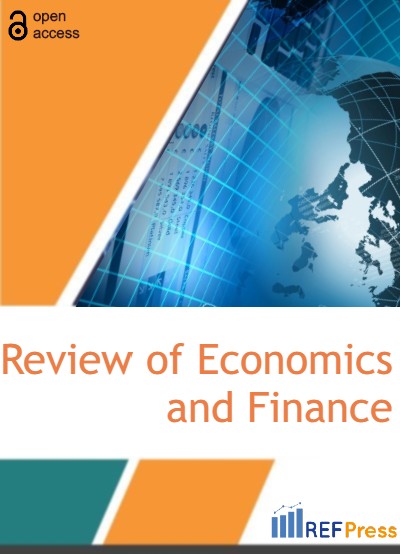
Financial Performance Modelling Case of the Banking Sector
(Pages 529-535)Lamiae Megzari1, Ismail Lotfi2,3,* and Sanae Benjelloun1
1Laboratoire d’Etudes et Recherche en Management des Organisations et des Territoires (ERMOT), FSJES, Sidi Mohamed
Ben Abdellah University, Fez, Morocco.
2Laboratoire de Recherche et d'Etudes en Management, Entrepreneuriat et Finance (LAREMEF), ENCGF, Sidi Mohamed
Ben Abdellah University, Fez, Morocco.
3Laboratoire Systèmes et Environnements Durables (LSED), Faculté des Sciences de l’Ingénieur, Université Privée de Fès,
Fez, Morocco.
DOI: https://doi.org/10.55365/1923.x2022.20.60
Abstract:
The search for performance is the main objective of a company and its measurement represents one of the only possible fields of evaluation, comparison and choice that can reduce both arbitrariness and ultimately inform on the relevance of organisations and their programmes. In the banking sector, it cannot be otherwise. Through our paper, and based on previous research, we will try to clarify the notion of corporate performance by focusing on financial performance and on one of the key indicators that allows us to judge it reliably in banks and to guarantee, consequently, their survival, their sustainability and the creation of value for their shareholders. This indicator is the ROE. Thus, we attempt to explain the factors and parameters that influence ROE in one way or another by means of an econometric analysis. This analysis relates variables that reflect asset management, costs and debt levels to financial profitability. Finally, we propose share price forecasts for the banks studied, taking into consideration the current situation in Morocco and the sector in question due to COVID-19.
Keywords:
ROE, Financial performance, neural networks, Profitability.
How to Cite:
Lamiae Megzari, Ismail Lotfi and Sanae Benjelloun. Financial Performance Modelling Case of the Banking Sector. [ref]: vol.20.2022. available at: https://refpress.org/ref-vol20-a60/
Licensee REF Press This is an open access article licensed under the terms of the Creative Commons Attribution Non-Commercial License (http://creativecommons.org/licenses/by-nc/3.0/) which permits unrestricted, non-commercial use, distribution and reproduction in any medium, provided the work is properly cited.
